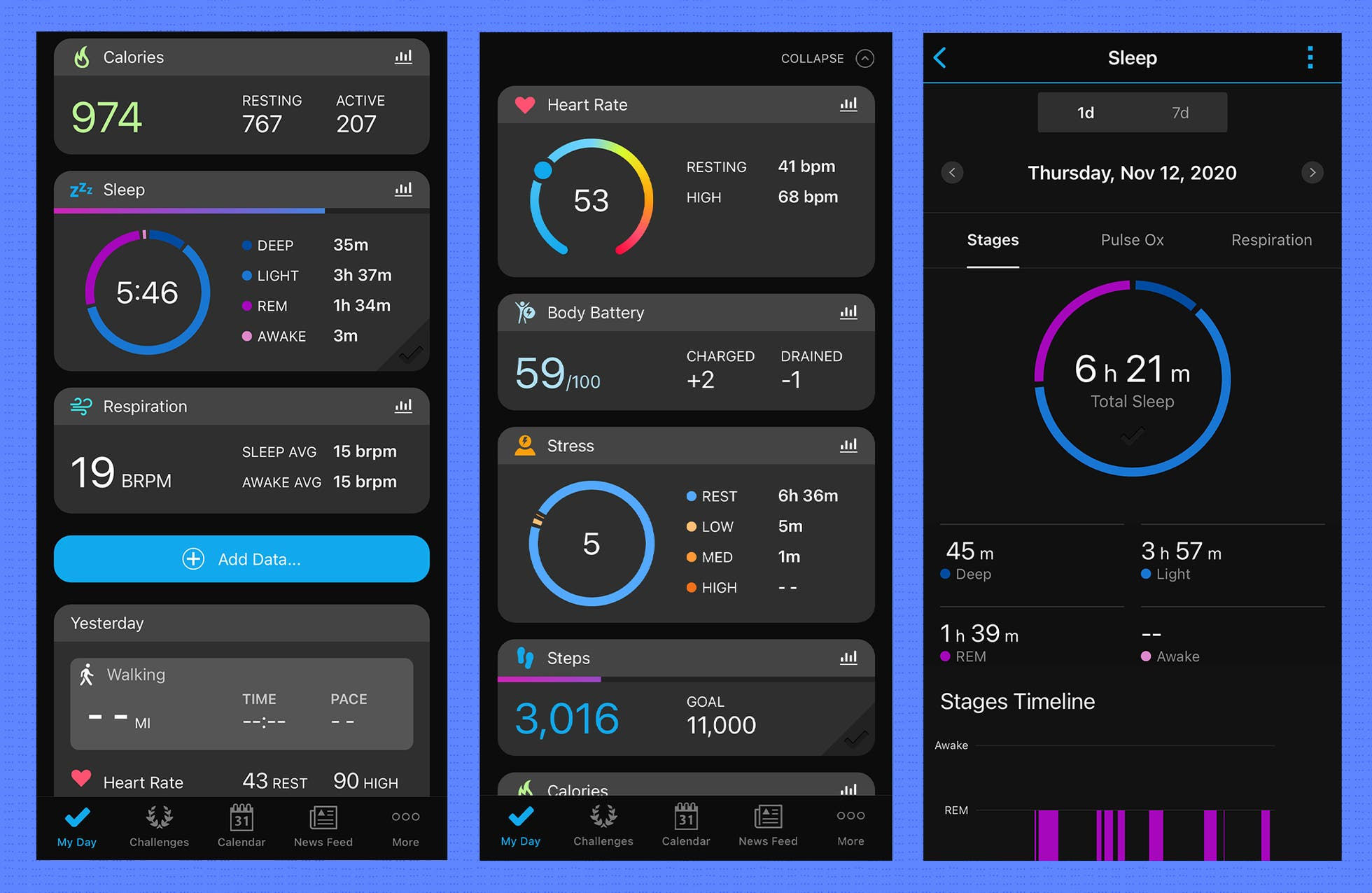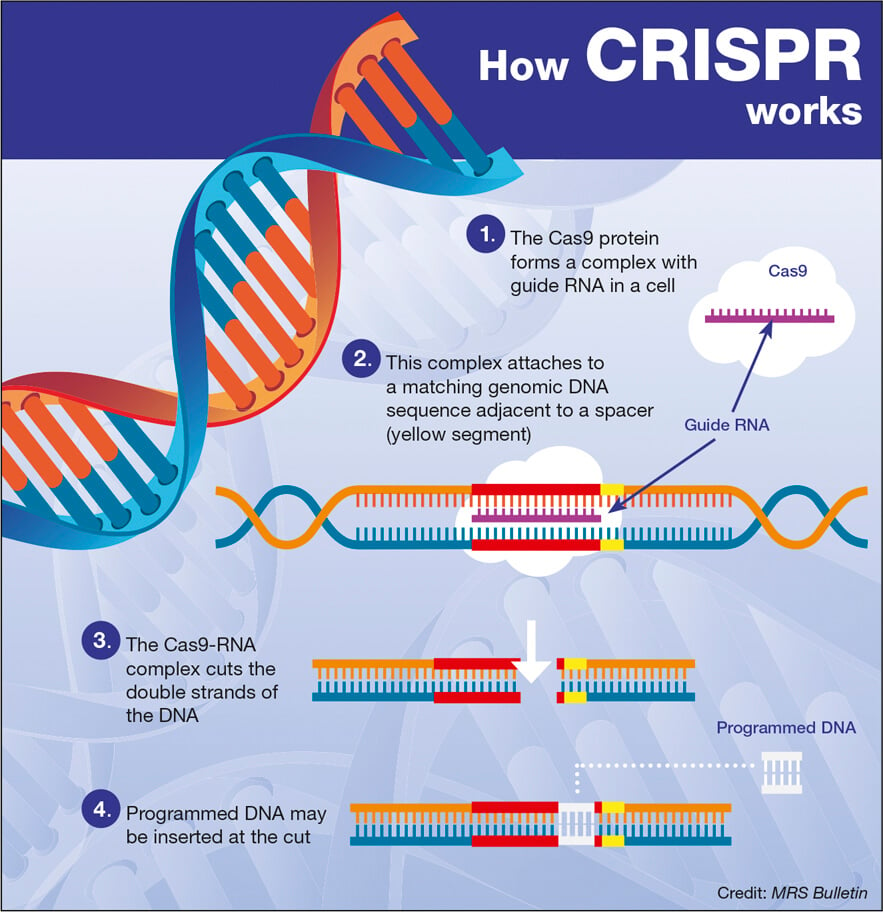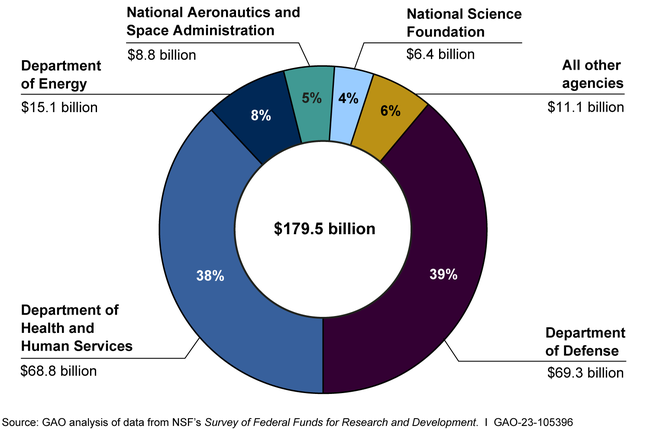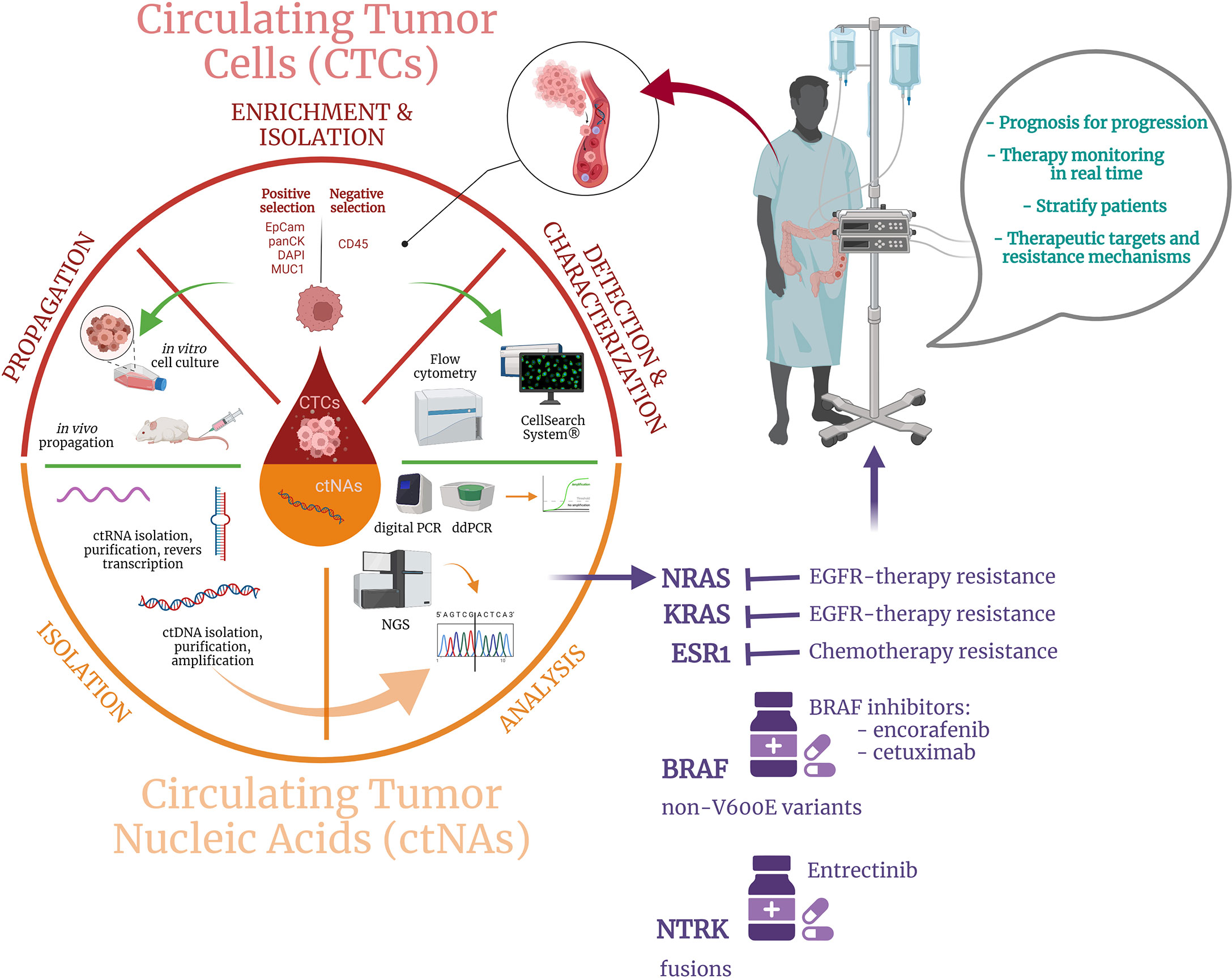Health Tracking has emerged as a vital tool in understanding the intricate processes behind memory formation and neurological health. By utilizing advanced techniques such as those developed by researchers at Harvard, we can gain valuable insights into synaptic plasticity, the mechanism that underpins our ability to learn and remember. As we uncover the molecular details of how memories are created and stored, we open new avenues for dementia treatment and other neurological disorders. This groundbreaking research not only enhances our knowledge but also offers hope for developing therapies that could restore cognitive function. Thus, the intersection of health tracking and neuroscience is reshaping the future of memory research and treatment.
In the realm of cognitive health, monitoring and analyzing neurological functions has taken center stage as an essential practice. Various methods of health monitoring are now enabling researchers to delve deeper into how the brain encodes memories and the underlying mechanisms affecting learning techniques and synaptic connections. As scientists investigate the pathways involved in memory storage, particularly concerning conditions like dementia, the potential for innovative treatments grows exponentially. This exploration into cognitive sciences is revealing the complexities of synaptic behavior and memory resilience, thereby providing a comprehensive understanding of how we can enhance cognitive health. Emphasizing this connection opens up exciting possibilities for therapeutic advancements in managing neurological disorders.
Understanding Memory Formation in the Brain
Memory formation is a complex process that involves the dynamic interplay of neurons and synapses within the brain. At the heart of this process lies synaptic plasticity, which refers to the ability of synapses to strengthen or weaken over time in response to increases or decreases in their activity. This adaptability enables us to learn new information and store memories of experiences, ranging from personal events to acquired skills. Researchers are continuously studying the mechanisms behind synaptic plasticity to unlock the mysteries of how memories are constructed and retained.
Recent advancements in neuroscience have shed light on this intricate mechanism by using innovative techniques to observe the nanoscale changes in synaptic connections. Understanding how these changes occur forms the basis for developing effective learning techniques and therapies for individuals suffering from neurological disorders. The ability to visually track synaptic alterations in real-time can provide crucial insights into specific memory types and their underlying neural circuitry, paving the way for treatments that could mitigate memory loss associated with conditions like dementia.
The Role of Synaptic Plasticity in Learning
Synaptic plasticity plays a fundamental role in learning by determining how strongly our neurons connect with one another, which in turn affects our ability to acquire and retain new knowledge. When we engage in learning, the brain undergoes structural changes at the synaptic level; these alterations strengthen the connections between neurons, allowing information to flow more efficiently. Techniques that promote synaptic health, such as targeted cognitive exercises and environmental enrichment, have been shown to enhance these learning processes. By leveraging our understanding of synaptic plasticity, we can devise strategies to optimize memory retention.
Moreover, ongoing research aims to explore how failures in synaptic plasticity contribute to neurological disorders like Alzheimer’s and other forms of dementia. By examining how synaptic connections deteriorate in these conditions, scientists can better understand the underlying causes of memory dysfunction and develop targeted interventions. This knowledge is critical for formulating effective dementia treatment strategies that could restore synaptic strength, ultimately leading to improved cognitive function in affected individuals.
Innovative Techniques for Health Tracking in Neuroscience
Health tracking in neuroscience has been revolutionized by advanced techniques that allow researchers to monitor and map the intricate network of neurons and synapses involved in memory formation. One such groundbreaking method is the use of Extracellular Protein Surface Labeling in Neurons (EPSILON), which provides unprecedented resolution in observing the proteins engaged in synaptic transmission. This technique allows scientists to visualize the dynamic behaviors of essential proteins like AMPARs, linking their movements to the phenomenon of memory retention. By tracking these changes in real-time, researchers gain valuable insights into how learning and memory processes occur at the molecular level.
Implementing such health tracking technologies can also enhance dementia treatment by enabling early detection of neurological changes associated with memory decline. By identifying deviations in synaptic plasticity patterns, interventions can be initiated sooner, potentially slowing the progression of cognitive impairments. This emphasizes the importance of integrating innovative neuroimaging and tracking technologies into clinical practice, providing healthcare professionals with the tools necessary to monitor brain health and develop personalized treatment plans for patients suffering from memory-related disorders.
Exploring the Nanoscale Mechanics of Memory
The mechanics of memory formation at the nanoscale involves a delicate interplay between structural changes in the brain and the biochemical processes that govern synaptic plasticity. Recent discoveries have highlighted the role of specific protein interactions that enhance or inhibit synaptic strength, allowing for the dynamic modulation of memory. The use of sophisticated imaging techniques, such as those developed through EPSILON, enables researchers to observe these nanoscale interactions and gain insights into the regulatory mechanisms of memory formation. Understanding these mechanics is crucial for developing targeted therapies that can address memory deficits.
Additionally, studying nanoscale memory mechanics sheds light on the impact of various factors on cognitive processes, including environmental influences and genetic predispositions. As we develop a deeper understanding of the cellular and molecular changes that occur during learning, it becomes clearer how certain learning techniques can optimize memory retention. This knowledge not only aids in the treatment of neurological disorders but also holds potential for enhancing cognitive abilities in healthy individuals.
Linking AMPARs to Memory Encoding
AMPARs, or alpha-amino-3-hydroxy-5-methyl-4-isoxazolepropionic acid receptors, are crucial components in the process of synaptic transmission and memory encoding. Their role in mediating synaptic plasticity makes them a focal point for researchers aiming to understand how memories are stored within the brain. Recent findings illustrate the connection between AMPAR trafficking and the formation of enduring memory traces, known as engrams. By closely monitoring the activity and movement of AMPARs, researchers can unveil the mechanistic pathways that lead to successful memory encoding.
As researchers delve deeper into the connection between AMPARs and memory, they uncover new avenues for therapeutic intervention in disorders where memory processes are disrupted. For instance, enhancing AMPAR activity may boost synaptic strength and restore memory function in patients with dementia. This research underscores the importance of targeting specific proteins within the synapse, suggesting that therapies designed to modulate AMPAR function could play a pivotal role in the treatment of cognitive disorders.
Advancements in Cognitive Therapies and Memory Enhancement
The ongoing research into memory formation, particularly through the lens of synaptic plasticity, has sparked a resurgence of interest in cognitive therapies designed to enhance learning and memory. With techniques like EPSILON providing better visibility into the processes of memory encoding and retrieval, the potential for developing refined cognitive interventions is greater than ever. These advancements aim not only to treat existing cognitive impairments but also to enhance cognitive reserve in healthy individuals through tailored learning techniques.
Cognitive therapies can take many forms, from structured memory training exercises to lifestyle interventions that promote neuroplasticity. By utilizing insights gained from studies of synaptic mechanisms, therapists can create targeted programs that align with individuals’ unique learning styles and challenges. Such personalized approaches hold the promise of significantly improving memory outcomes in patients with neurological conditions, while also empowering healthy individuals to achieve greater cognitive efficiency.
The Future of Neurotechnology in Memory Research
The future of neurotechnology in memory research appears bright, with innovations continuously emerging to enhance our understanding of the brain’s intricate workings. Techniques like EPSILON not only provide finer resolutions of synaptic behavior but also pave the way for integrating computational models that simulate neuronal interactions. These advancements will allow researchers and clinicians to predict how changes at the synapse correlate with cognitive performance and memory retention, fueling the development of cutting-edge therapies.
As these technologies advance, the potential for personalized medicine in treating memory-related disorders expands dramatically. With the ability to track synaptic changes and assess cognitive function accurately, healthcare providers can develop individualized treatment strategies that cater to each patient’s specific needs. Moreover, the exciting merger of neurotechnology and artificial intelligence may lead to innovative solutions that enhance brain health, restore lost memory functions, and empower individuals in their learning journeys.
Implications of Memory Research on Social and Clinical Practices
The implications of memory research extend beyond the lab, influencing both social practices and clinical approaches to cognitive health. As our understanding of memory formation and synaptic plasticity deepens, it becomes essential for educational systems to incorporate these findings into learning methodologies. Techniques that promote engagement and cognitive flexibility can be adopted in classrooms to facilitate better learning outcomes, harnessing the brain’s intrinsic ability to adapt and grow.
In clinical settings, the advancements in memory research are reshaping the way healthcare professionals approach cognitive impairments. Understanding the mechanisms behind neural dysfunctions allows for more effective screening and intervention strategies in at-risk populations. The synthesis of scientific knowledge with practical applications fosters a holistic approach to memory health, leading to more informed discussions about cognitive wellness and prevention in both clinical and community contexts.
Funding and Support for Neuroscience Research
Investment in neuroscience research is crucial for advancing our understanding of the molecular mechanisms underlying memory formation and neurological disorders. Government bodies, private organizations, and academic institutions must collaborate to secure financial support for ongoing and future projects. Programs like the National Institutes of Health (NIH) play a pivotal role in funding research initiatives that have the potential to develop transformative therapies for conditions such as Alzheimer’s and other dementias.
Moreover, stakeholder engagement in neuroscience can foster a collaborative environment that promotes interdisciplinary research. By encouraging partnerships between neuroscientists, clinical researchers, and technologists, we can accelerate discoveries that have practical implications in treating memory and learning disorders. Advocacy for increased support and funding will ensure that breakthroughs in memory research lead to meaningful improvements in human health, providing hope for millions affected by cognitive decline.
Frequently Asked Questions
What role does health tracking play in understanding memory formation and neurological disorders?
Health tracking is critical for monitoring cognitive functions related to memory formation and neurological disorders. By recording data such as memory recall and learning patterns, researchers can analyze how synaptic plasticity—the ability of synapses to strengthen or weaken—affects memory formation. This information is essential for developing targeted treatments for disorders like dementia.
How can health tracking techniques improve treatment options for dementia?
Health tracking techniques provide invaluable insights into the progression of dementia by mapping synaptic changes associated with memory loss. Understanding the molecular mechanisms through methods like the EPSILON technique allows for the identification of specific synaptic dysfunctions, enabling the development of personalized therapies aimed at improving cognitive health and slowing disease progression.
What are the implications of synaptic plasticity in health tracking research for learning techniques?
Synaptic plasticity, which is crucial for learning and memory, has significant implications for health tracking research. By understanding how synapses adapt as a result of new information, researchers can create effective learning techniques that enhance memory retention. Health tracking can provide feedback on the effectiveness of these techniques, helping individuals optimize their learning strategies.
Why is it important to monitor synaptic interactions through health tracking?
Monitoring synaptic interactions through health tracking is important because it helps researchers understand the underlying processes that contribute to memory and learning. By observing how synaptic connections strengthen or weaken over time, scientists can gain insight into effective treatments for neurological disorders and enhance learning methods, ultimately improving cognitive health outcomes.
How does health tracking contribute to breakthroughs in neuroscience related to memory impairments?
Health tracking contributes to breakthroughs in neuroscience by providing real-time data on cognitive functions and synaptic behavior. Techniques like EPSILON allow for the detailed observation of how synaptic plasticity affects memory. This understanding can lead to innovative approaches in treating memory impairments, offering hope for those affected by conditions such as Alzheimer’s disease.
| Key Points | Details |
|---|---|
| Groundbreaking Technique | New method called EPSILON to map how learning and memories are formed. |
| Significance | May lead to therapies for neurological disorders like dementia. |
| Synaptic Plasticity | The process where connections between neurons strengthen, facilitating learning and memory. |
| Proteins Monitored | EPSILON focuses on AMPARs crucial for synaptic changes. |
| Research Advancements | Uses of fluorescent labeling and advanced microscopy to observe brain functions. |
| Future Applications | Potential for studying various cognitive phenomena and enhancing memory treatments. |
Summary
Health Tracking is revolutionized by the new research techniques revealing the fundamental processes behind learning and memory formation. By exploring the intricacies of synaptic plasticity through the EPSILON method, researchers can potentially develop innovative therapies for conditions like dementia. This advancement opens avenues for more effective treatments and a deeper understanding of cognitive functions.








